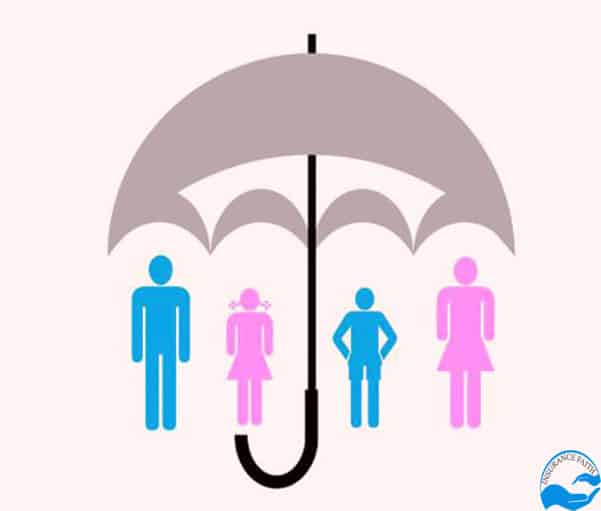

For instance, if a company borrows $10,000 from its local bank, the agency will debit its asset account Cash for $10,000 since the company’s cash balance is increasing. The same entry will credit its liability account Notes Payable for $10,000 since that account balance is also enhancing. Assets, expenses, and common stock. Assets, liabilities, and dividends.
Assets, expenses, losses, and the owner’s drawing account will normally have debit balances. Their balances will increase with a debit entry, and will decrease with a credit entry. Liabilities, revenues and sales, gains, and owner equity and stockholders’ equity accounts normally have credit balances. Some of the accounts have a normal credit balance, while others have a normal debit balance. For example, common stock and retained earnings have normal credit balances.
This is recorded with a credit to Cash. If the payment is for the current month’s rent, the second account is to the temporary account Rent Expense which will be debited. Most expense transactions have either a cash debit or credit entry.
Normally, asset and expense accounts have debit balances, and equity, liability, and revenue accounts have credit balances. In all cases, a credit increases the income account balance, and a debit decreases the balance. The asset account and the income account both increase by $100.

Understanding Financial StatementsFinancial statements are written reports prepared by a company’s management to present the company’s financial affairs over a given period . Financial statements are written reports prepared by a company’s management to present the company’s financial affairs over a given period . There are several meanings for the term debit balance that relate to accounting, bank accounts, lending, and investing.They are noted below.
Which accounts have a debit balance?
Understand these critical pieces of notation by exploring the definitions and purposes of debits and credits and how they help form the basics of double-entry accounting. The debit balance as per the cash book means the balance of deposits held at the bank. Such a balance will be accounts that normally have debit balances are a credit balance as per the passbook. On the other hand, the credit balance as per the cash book indicates bank overdraft. In other words, the excess amount withdrawn over the amount deposited in the bank. A company’s payment of each month’s rent reduces the company’s asset Cash.
A list of the accounts used by a business to record financial transactions is called the Trial Balance….. Liability accounts normally have (credit/debit) balances. These accounts increase on the side and decrease on the side. Revenue accounts normally have (credit/debit) balances. Two key elements in accounting are debits and credits.

This transaction would debit the account and credit the account. In accounting, a debit balance is the ending amount found on the left side of a general ledger account or subsidiary ledger account. A ledger account can have both debit or a credit balance which is determined by which side of the account is greater than the other. Debit balance and credit balance are terms often used in the accounting world hence it is important to understand the distinction and their exact meaning.
At the same time, a debit balance is a net amount in a general ledger after recording all the transactions. Accounts that are considered to have normal credit balances typically include assets, expenses, and equity. Is wages and salaries expense a debit or credit? All kind of expenses have debit balances so wages and salaries expenses have also debit balance instead of credit balance. Merchandise inventory is a current asset with a normal debit balance meaning a debit will increase and a credit will decrease.
James Woodruff has been a management consultant to more than 1,000 small businesses. As a senior management consultant and owner, he used his technical expertise to conduct an analysis of a company’s operational, financial and business management issues. James has been writing business and finance related topics for work.chron, bizfluent.com, smallbusiness.chron.com and e-commerce websites since 2007. He graduated from Georgia Tech with a Bachelor of Mechanical Engineering and received an MBA from Columbia University. The accounting equation balances; all is good, and the year starts over again. Entries are made into a form known as T-accounts.
Which account does not normally have a debit balance?
Normal balance is the side where the balance of the account is normally found. Asset accounts normally have debit balances, while liabilities and capital normally have credit balances. An expense decreases assets or increases liabilities. The double-entry system needs that the general ledger account balances have the total of the debit balances equal to the total of the credit balances. This happens because every transaction must have the debit amounts equal to the credit amounts. Is expenses have a normal debit balances?
- Modern-day accounting theory is based on a double-entry system created over 500 years ago and used by Venetian merchants.
- Debit entries are posted on the left side of the T, and credit entries are posted on the right side.
- Which of the following is a formula to calculate the debt ratio?
It increases liability, revenue or equity accounts and decreases asset or expense accounts. Each asset account has a normal debit balance. Each liability account has a normal credit balance. The balance of an account increases on the same side as the normal balance side. When prepaid expenses are incurred, they are recorded as assets on the balance sheet.
Common examples of prepaid expenses include rent, insurance, and office supplies. Accounts receivable is an account that represents money owed to a company by customers. This account is important because it represents the money that a company is owed and will eventually receive.
The consideration was paid by issue of 10% debentures of INR. The debenture account was credited with __. 3000 as cash and balance amount will be paid in three equal installments due to this ______. An account that will have a zero balance after closing entries have been journalized and… Is payable after the payment of preference dividend but before the payment of equity dividend _. If a company wants to earn a 25% profit on sales, what will be the profit mark up on the cost.
This is often illustrated by showing the amount on the left side of a T-account. Interest payable is an account that normally has a debit balance. This means that when the entity records transactions related to interest payable, it will typically debit the account.
What are examples of debits and credits in accounting?
Financial Statements are reports that summarize a company’s financial position and profitability as of a given period. Examples of financial statements include balance sheet, income statement, statement of cash flows, and statement of changes in equity. A debit increases asset or expense accounts, and decreases liability, revenue or equity accounts. A credit is always positioned on the right side of an entry.
While it seems contradictory that assets and expenses can both have debit balances, the explanation is quite logical when one understands the basics of accounting. Modern-day accounting theory is based on a double-entry system created over 500 years ago and used by Venetian merchants. The fundamentals of this system have remained consistent over the years. A normal balance is the expectation that a particular type of account will have either a debit or a credit balance based on its classification within the chart of accounts. Which of the following groups of accounts have a normal credit balance? Assets, capital, and withdrawals.
If New Fund’s expense ratio (see the previous problem) was 1.1% and the management fee was .7%,…
Liabilities, expenses, and assets. Assets, expenses, and withdrawals. Revenue, liabilities, and capital. Assets, dividends and expenses normally have debit balances.
Which of these accounts has a normal credit balance?
Credit BalanceCredit Balance is the capital amount that a company owes to its customers & it is reflected on the right side of the General Ledger Account. Usually, Liability accounts, Revenue accounts, Equity Accounts, Contra-Expense & Contra-Asset accounts tend to have the credit balance. Assets are properties that are utilized for generating income for a business and are purchased for a long period of time. These expenses are non-recurring in nature. Expenses are routine expenses and they are recurring in nature.

